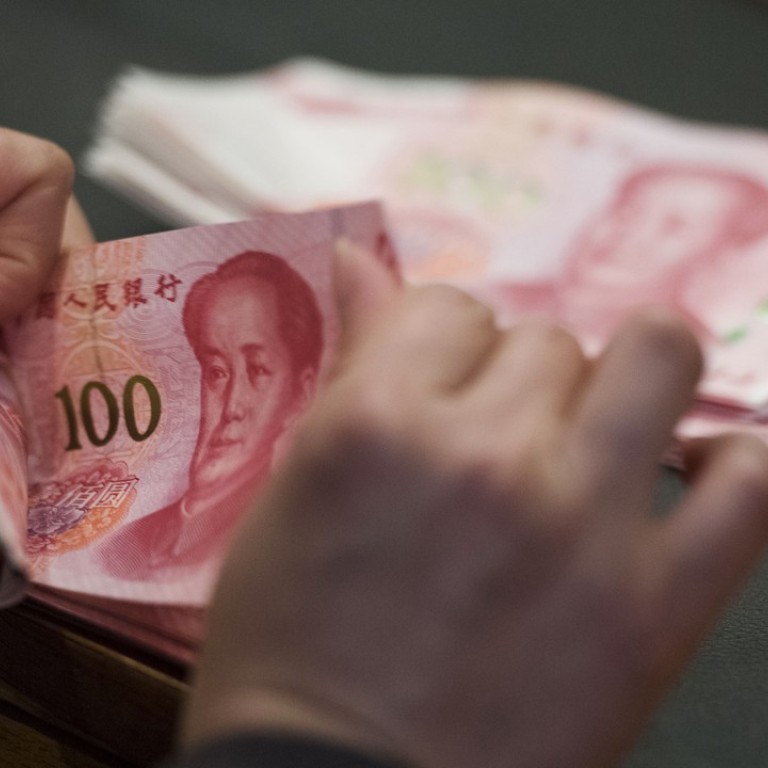
Chinese banks in push to spin-off asset management units
Banks in China are vying to set up independent asset management subsidiaries to cope with tighter regulations on wealth management that aim to break implicit guarantees of banking products worth 30 trillion yuan (US$4.7 trillion).
Bank of Communications, the nation’s fifth largest lender by assets, announced last week that it will invest 8 billion yuan for an asset management subsidiary in Shanghai to run a business worth 1.6 trillion yuan.
The investment, the biggest so far by a Chinese bank in the sector, reflects how the nation’s biggest state banks are following their smaller rivals in embracing the budding trend. The five banks alone contributed to at least a quarter of China’s banking wealth management market, playing a pivotal role in anchoring any big shifts of the industry.
This year, four other smaller rivals – China Merchants Bank, Huaxia Bank, Bank of Beijing and Bank of Ningbo – have applied to set up separate asset management arms.
“A separate subsidiary will be an effective way to reshape the wealth management industry,” said Yang Yue, a banking analyst at China Zheshang Bank. “We will see more such subsidiaries in the pipeline against a more stringent regulatory environment on wealth management products.”
A separate asset management subsidiary will be a must for all financial institutions, except for designated asset managers, according to new rules issued by the central bank and three other top financial authorities in late April. But authorities have yet to release a specific time frame on such a shift.
The new rules are meant to help break assumptions that wealth management products are implicitly guaranteed by the issuing bank or by the state, as China’s history of bailouts has led many investors to believe.
A stand-alone asset management subsidiary means independent business operations and a firewall to stem intervention from the bank.
However, it could be premature to say that such subsidiaries will mushroom overnight, as the shift adds up to huge investment in technology and employee restructuring, Yang added.
Consultancy McKinsey also noted that such a shift can’t be completed in one stroke.
China’s asset management sector was subject to more stringent oversight in 2016, when authorities
drafted a unified set of rules regarding all financial players.
Banking assets management alone accounted 24 per cent of the wealth management, the largest single share, according to McKinsey.

